-
Is there a mathematical name for the “almond” shown in the diagram below, or the mathematical name is “almond“, or it don’t have a mathematical name at all?
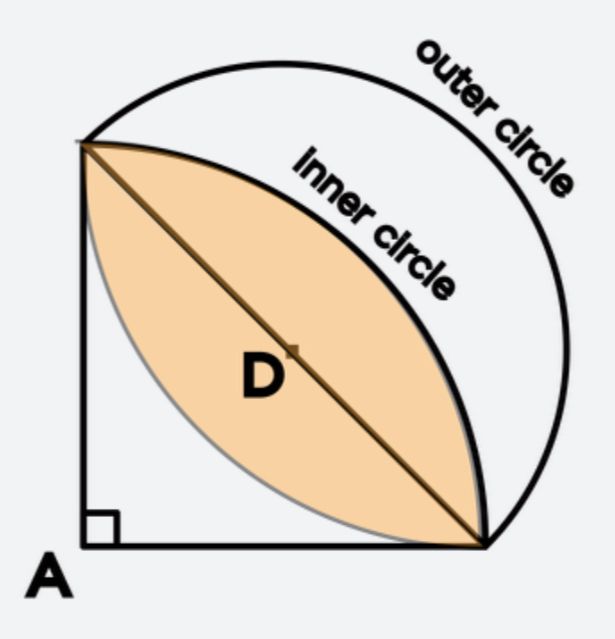

PS I put it under the tag “weirdmathnames” just to make it easier to find. -
@RZ923 Thank you for asking! I had to look this up,
 so this is by no means an authoritative answer, but Wolfram Mathworld calls it a "lamina" or "lens",
so this is by no means an authoritative answer, but Wolfram Mathworld calls it a "lamina" or "lens",  defined to be formed by the intersection of circles if the centers of curvatures are on opposite sides. A lune
defined to be formed by the intersection of circles if the centers of curvatures are on opposite sides. A lune 

seems to be a special case of such a lamina/lens where the centers of curvature are on the same side. (That means that their curves would "go the same way," as in, enclose each other.)
-
@debbie so almonds
 and lunes
and lunes  are the same thing, under the category of lamina (lemons)
are the same thing, under the category of lamina (lemons)  ?
?
Mathematicians always name abstract concepts as real things. -
@RZ923 l e m o n
-
I dunno, but it looks yummy.
-
@Da-Parasite
More whimsical math names:
The Chicken McNugget Theorem

The Shoelace Theorem
A Man and His Dad Put a Bomb in the Sink
-
@debbie I know the shoelace theorem! It's like a theorem to find the area of any polygon on the Cartesian plane or something like that right?
-
@Potato2017 Yes!!


You can find the area of any shape whose vertices are lattice points (integer coordinates).
Just write the coordinates starting from any one, going in clock-wise order (or counter-clockwise, doesn't matter) in a long column, in the form \((x,y)\) with the \(x\)'s on the left and the \(y\)'s on the right. Take the first coordinate at the top and copy it again at the bottom. Then start making diagonal south-easterly lines of two coordinates at a time, multiplying them together. Add these up, and this is the first sum. Make diagonal south-westerly lines of two coordinates at a time, multiplying them together. Add these up, and this is the second sum. Subtract the second from the first. Divide by 2 and take the absolute value; this is the area of the polygon.
The derivation comes from the idea of expressing the coordinates in a matrix and finding the determinant of it!

-
@debbie yea, i found it in an aops textbook
-
people need to stop making up complicated jargon
-
@Da-Parasite @debbie
More weird maths theorem names:
Ham SandwichTheorem 🥪
Hairy Ball/Hedgehog Theorem
 🦔
🦔
Squeeze/Sandwich Theorem 🥪
🥪 -
@RZ923 Really!?! I haven't heard these before, lol

-
@debbie
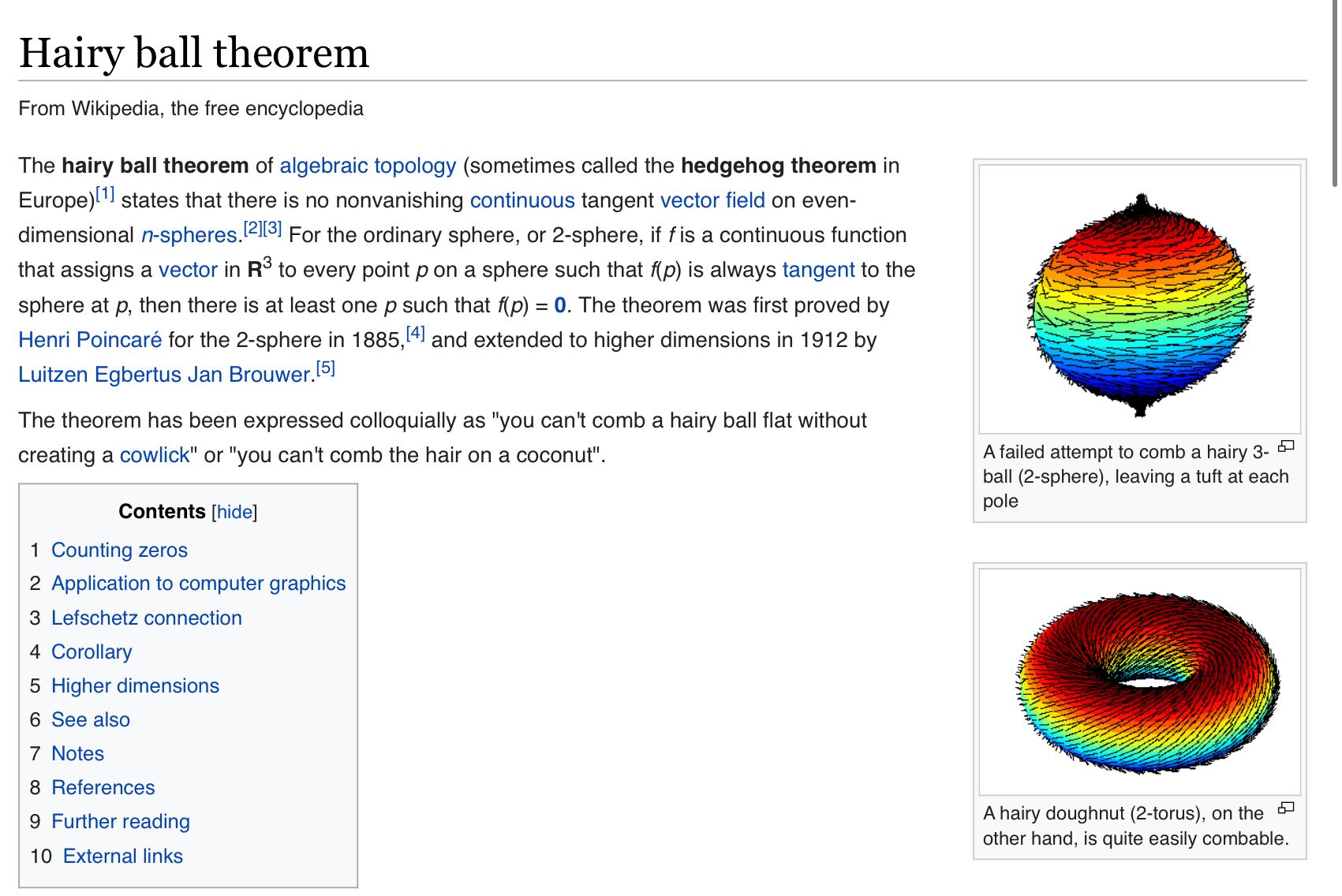
 🦔
🦔

 🥪
🥪
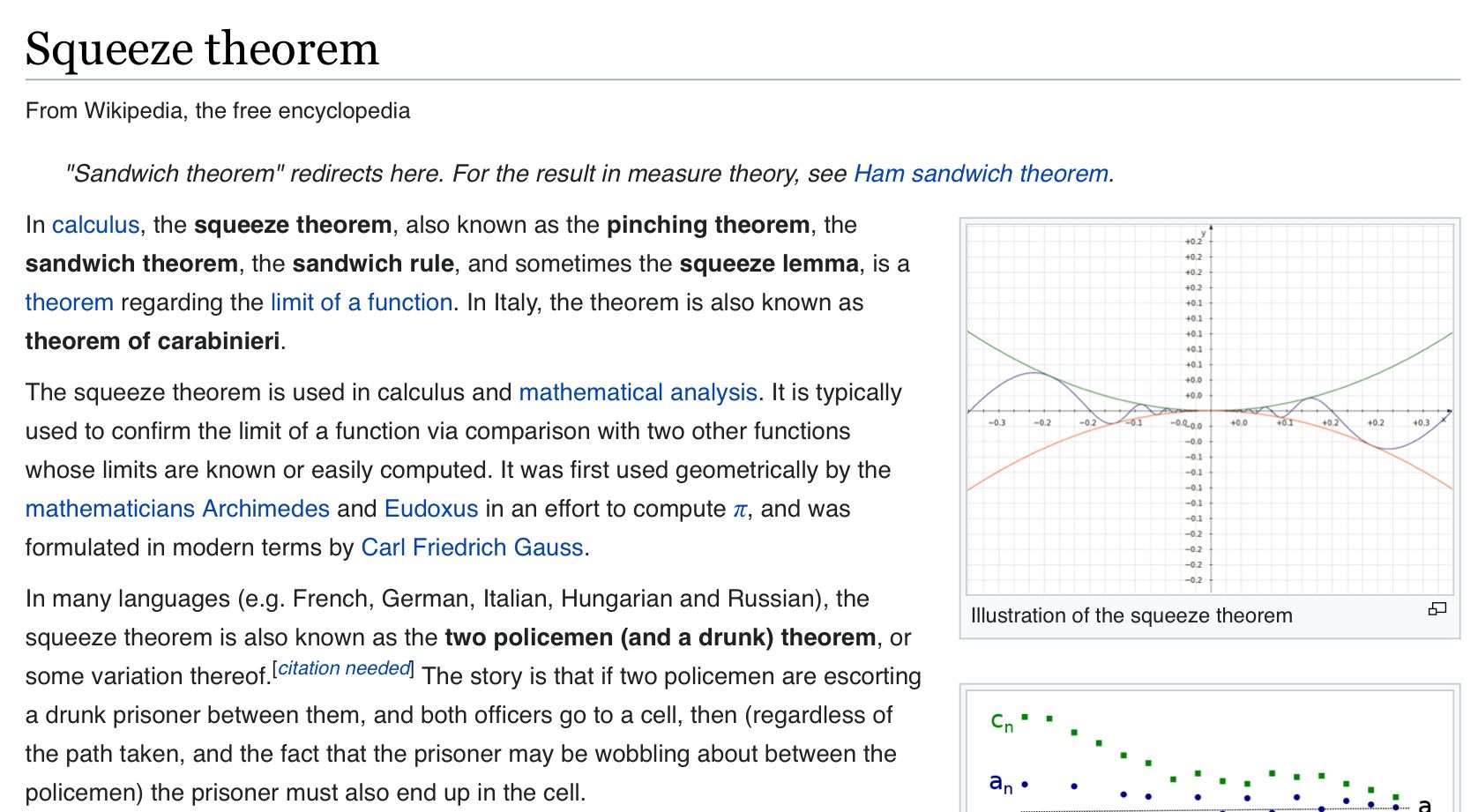
 🥪
🥪 -
@RZ923 Ohhhhh wow... it will be a long time before I start learning algebraic topology, so I won't get to learn the Hairy Ball Theorem for a while yet...

-
I like the way Wikipedia explains the hairy ball theorem "you can't comb a hairy ball flat without creating a cowlick." It's simple enough for most people to understand. Also, Wiki says that the hairy ball theorem is also called the hedgehog theorem, but when I search up the hedgehog theorem, it gives me the hedgehog principle/concept. "The Hedgehog Concept is based on an ancient Greek parable that states, "The fox knows many things, but the hedgehog knows one big thing." In the parable, the fox uses many strategies to try to catch the hedgehog. ... Hedgehogs, however, simplify the world and focus on a single, overarching vision, which they then achieve."
-
 🧮
🧮 
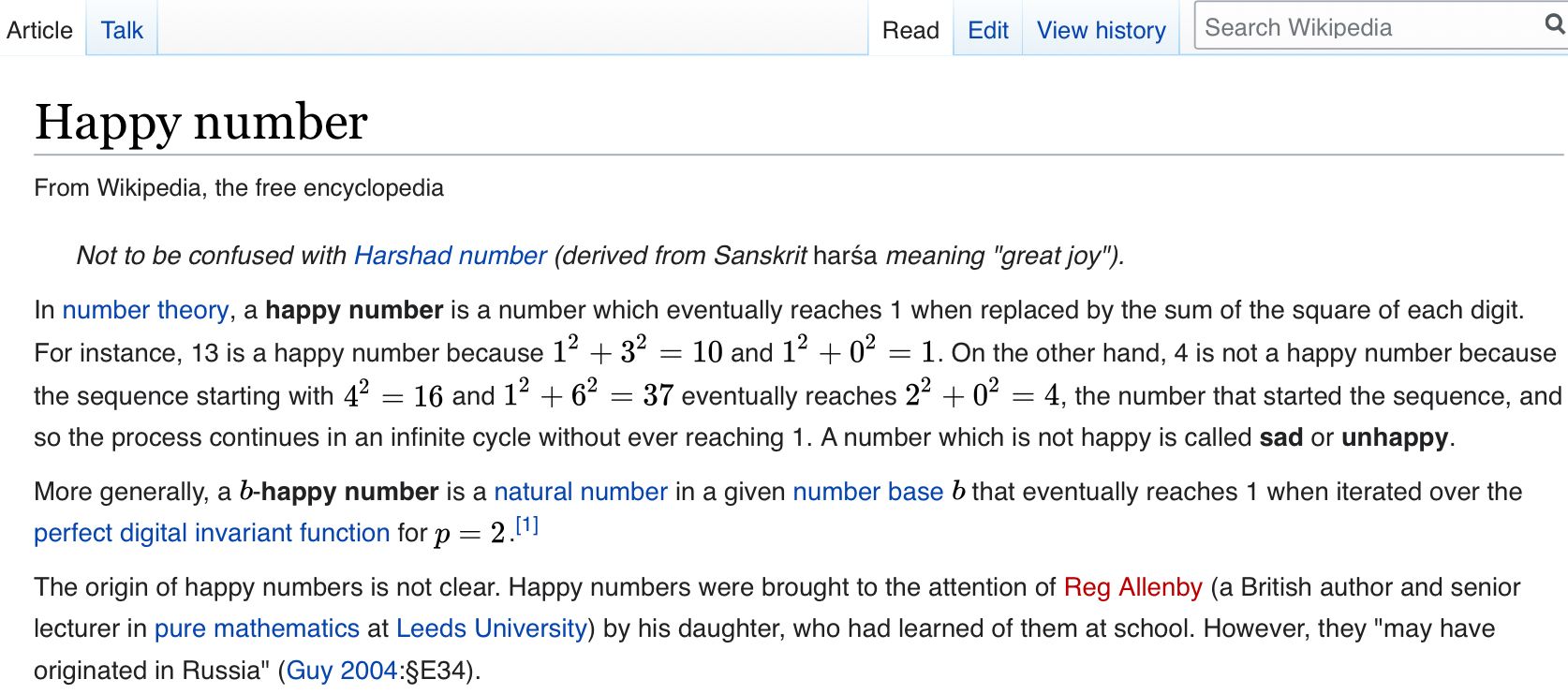
Who named that?! -
@RZ923 I thought one was the loneliest number...

(Like that song...)
-
@debbie

Also there’s this pun in Chinese that 1 is the laziest number, because of a saying called 一不做,二不休:
Pun meaning: 1 never does anything, 2 never rests
Actual meaning: you either don’t do something or do it until the end.

-
@RZ923 That's a very nice idiom.

-
Funny maths theorems edition 2:
- Ugly Duckling
 🦢 Theorem
🦢 Theorem
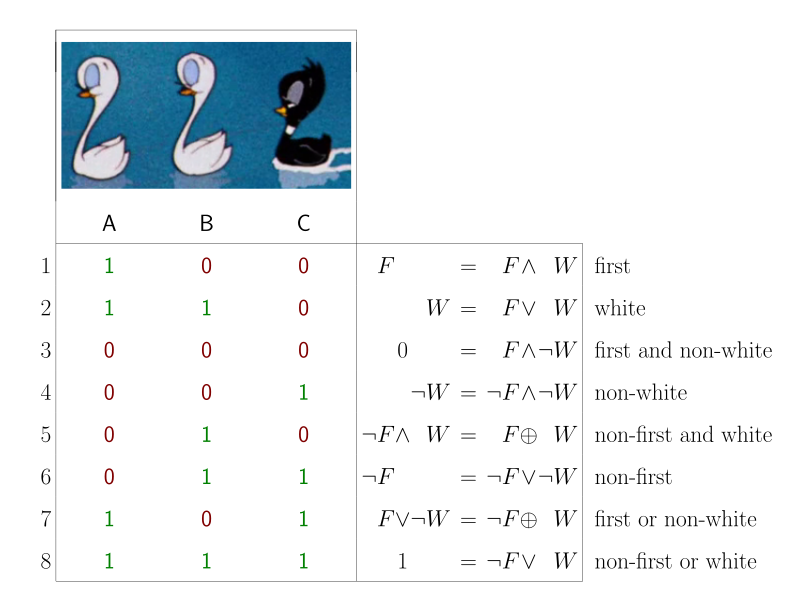
- Shoes 🥿

 and Socks 🧦 Theorem
and Socks 🧦 Theorem
- Ugly Duckling